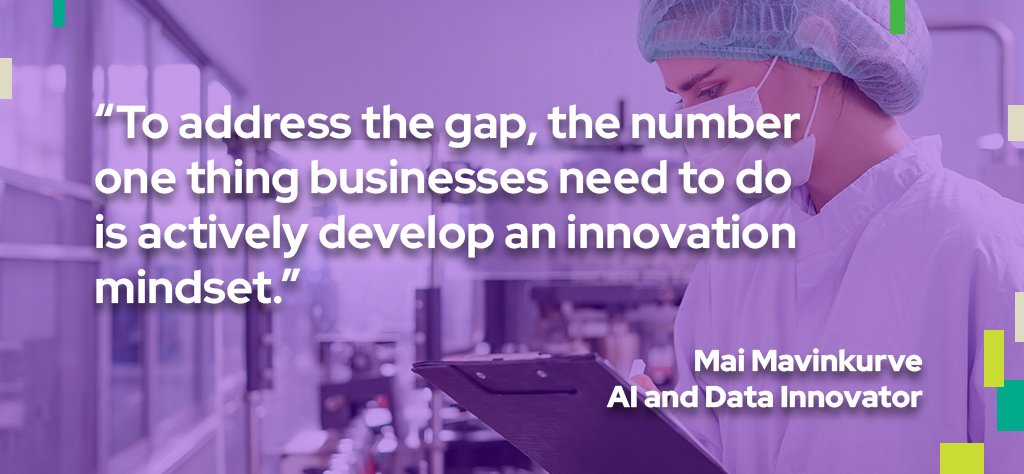Steps toward preparing your business for the adoption of artificial intelligence
- Posted:

The incorporation of new technology can have a significant impact on a business. From making processes more efficient to improving sustainability outcomes, the potential benefits can be the shifting point that helps a company grow from local to competing in the national—or even global—market.
Artificial intelligence (AI) technology has presented itself as a tool with some of the greatest potential for Canada’s plant-based food, feed and ingredients sector. There’s plenty of opportunity available to companies willing to add such technology to their toolkits in new and innovative ways—provided they take the time to properly prepare for its adoption.
Mai Mavinkurve, an AI and data innovator, said one of the most important things for companies to remember is that adopting AI is an R&D endeavour, much like many of the other projects they may undertake. And as with other R&D projects, not being ready to take on that endeavour usually comes down to any of four areas:
- A lack of understanding of what AI can achieve and how it works;
- A lack of sufficient data to build an AI solution;
- A lack of qualified human resources to build AI algorithms; or
- A lack of capital or vision to drive innovation.
“To address the gap, the number one thing businesses need to do is actively develop an innovation mindset,” Mavinkurve said.
This innovative mindset can be applied in a variety of ways. Mavinkurve cited creative ways of applying the AI technology and potential partners as two particularly important assets to take into consideration.
“Consider collaborating with local academic institutions and other organizations that have either embarked on AI or have AI talent available,” she said. “Start small and pick a problem that has clear outcomes where AI can help. Think of AI as a tool, like any other business tool, and build an innovation project around it.”
With the proper partners and a plan in place, there’s still one element companies need to ensure they have lined up before adopting new AI technology: sufficient data. This, however, is often one of the most overlooked areas.
While acquiring sufficient data can take time, it’s worth the effort companies put into the step. So much so that it’s the make-or-break piece of any company’s AI project.
“Ensure you have access to lots of good data well ahead of starting your project,” Mavinkurve said. “Without data, there is no AI.”
